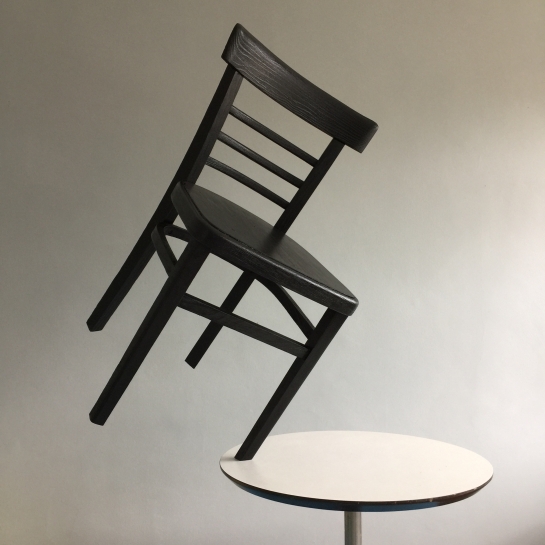 Hello, I have been really busy over the past few months since Big Painting was aired. The BIG news is that we are doing another series…I’m really excited about it and the challenges are going to be so much fun to work on by the sounds of things! Ok back to the present day..argh where do I start? I have been commissioned by the Crafts Council to make a couple of pieces, one installation for an exhibition in Hull which opens on July 7th called States of Play….it runs until late September 2017 so if you can get there please do visit as it looks like it’s going to be great. The exhibition features my balance chair (above) details below.
Hello, I have been really busy over the past few months since Big Painting was aired. The BIG news is that we are doing another series…I’m really excited about it and the challenges are going to be so much fun to work on by the sounds of things! Ok back to the present day..argh where do I start? I have been commissioned by the Crafts Council to make a couple of pieces, one installation for an exhibition in Hull which opens on July 7th called States of Play….it runs until late September 2017 so if you can get there please do visit as it looks like it’s going to be great. The exhibition features my balance chair (above) details below.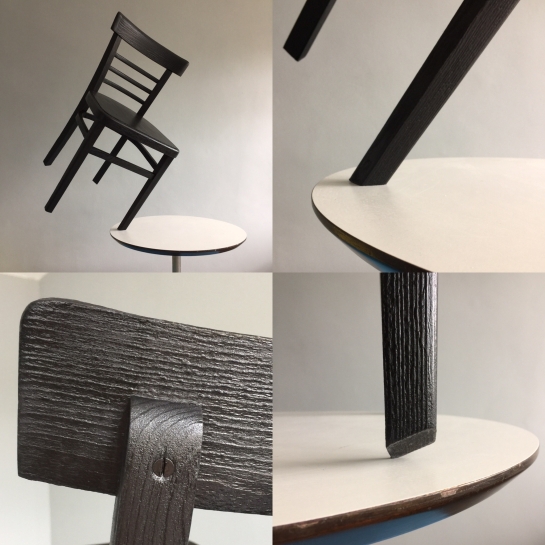
The black version of the balance chair will be interactive for visitors of the Humber St Gallery whilst the main exhibition will comprise 7 balanced ordinary chairs surrounded by mirror walls so I am VERY excited to see what they look like. I painted them a kind of beige colour to make them as boring a colour as possible. Here’s a sneak peek.
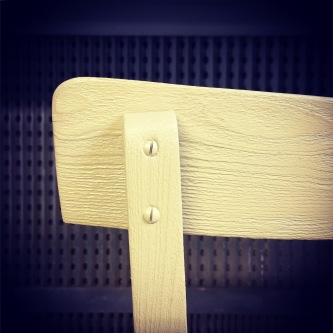
There’s a lovely article written in this month’s Crafts magazine which is out today…its the June/July issue.
Then…the other thing I have been working on for the Crafts Council is a stool for children at primary school to make. It’s made from paper cups and Bubblegum. It’s a project I have experimented with before and there’s a version which uses the paper cups to cast concrete in in my book, but this one is much simpler and fun for children to do.
Here are some photos of prototypes and sketches and other parts of the project. You can click on them to enlarge
- A stool I had when I was a child
- Some strength tests
- Patterns
- Sketches
- £5 of pom poms
- Upholstery tests
- Storyboard
- Final images

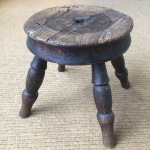
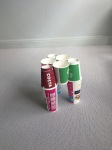
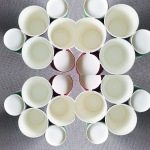
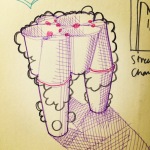
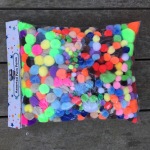
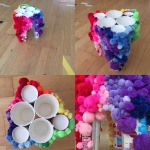
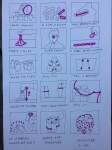

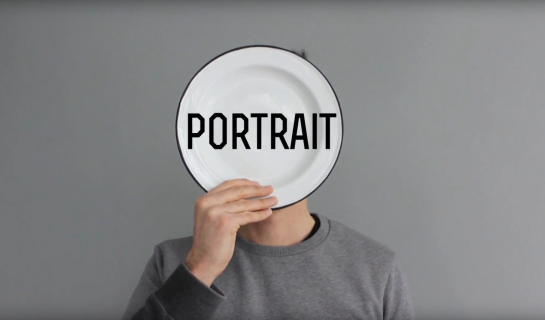






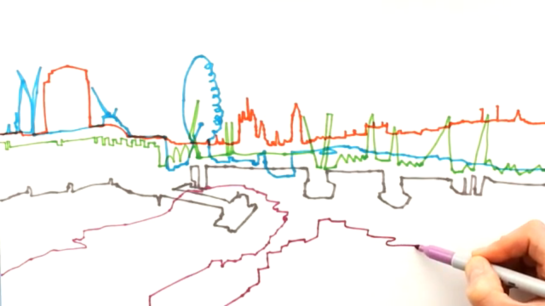
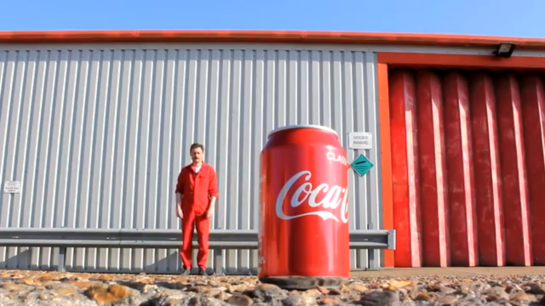


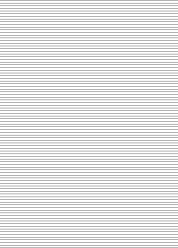
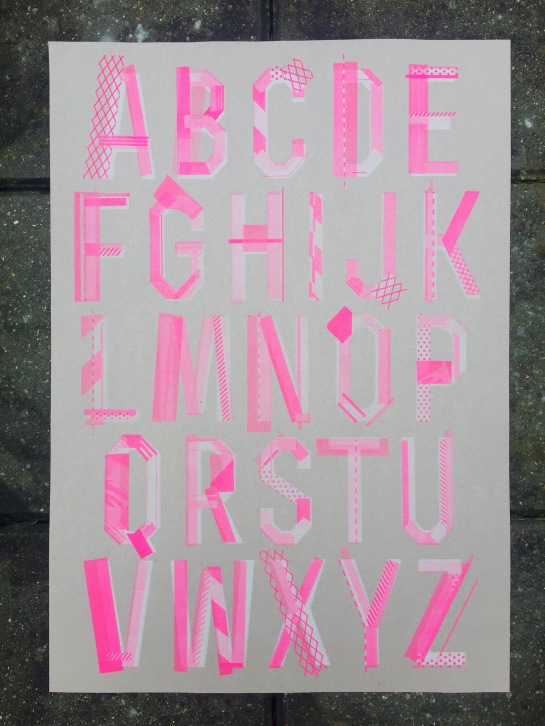
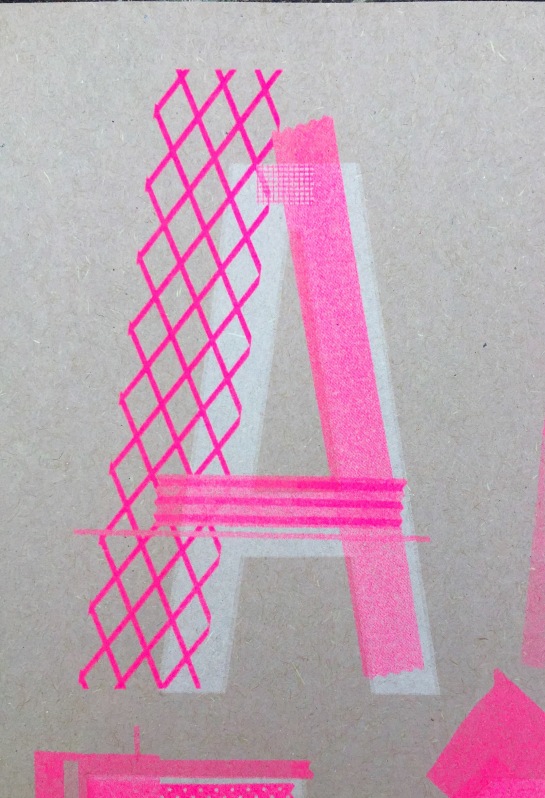
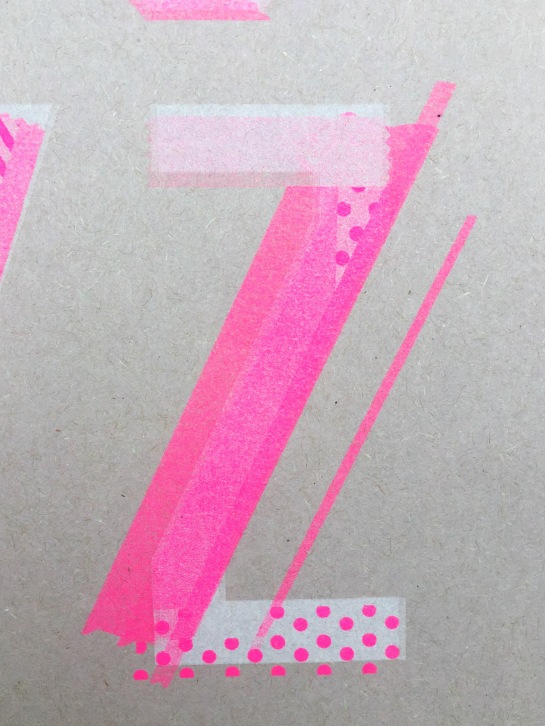


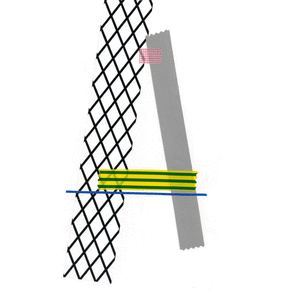 …coming soon
…coming soon